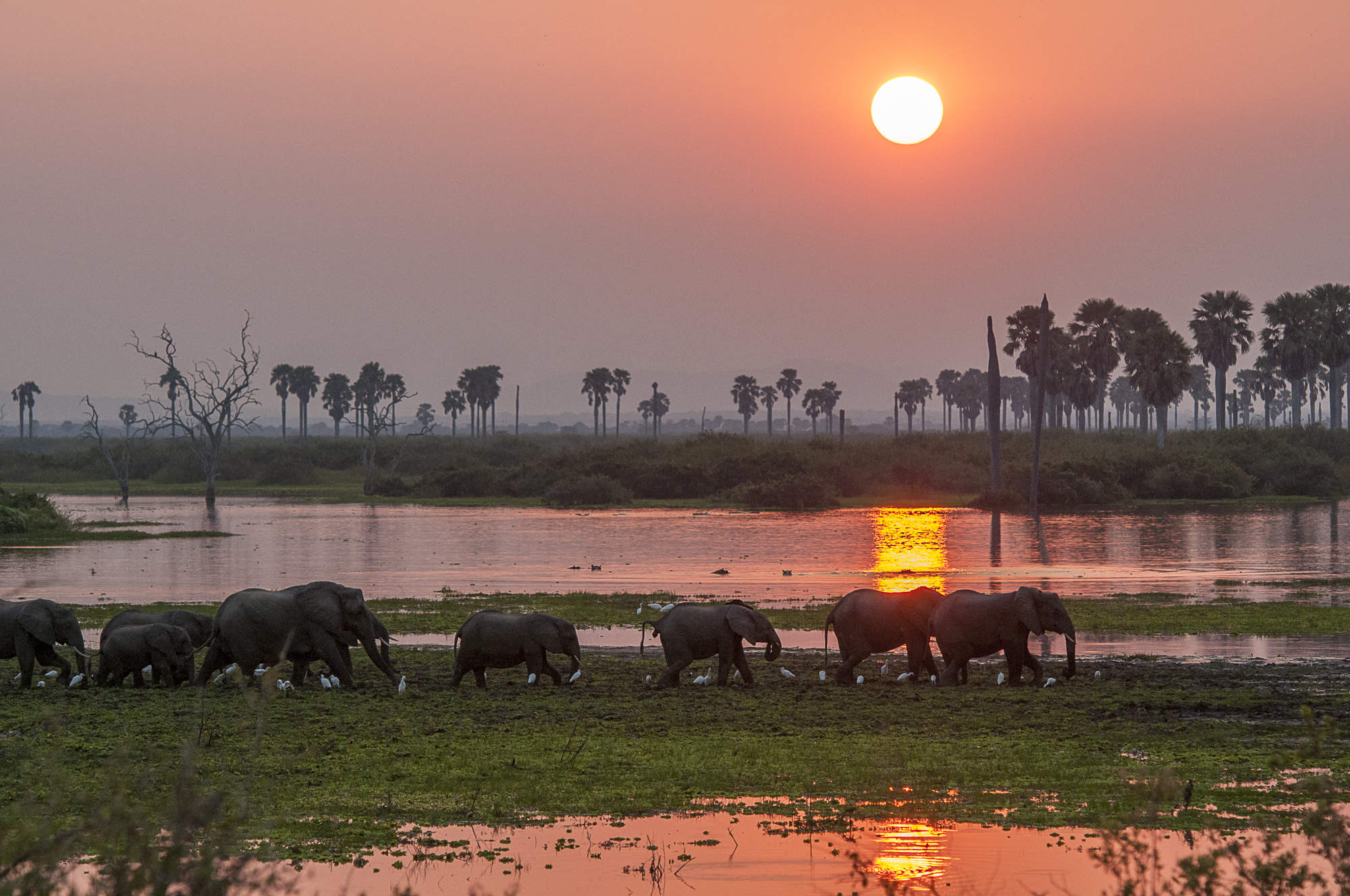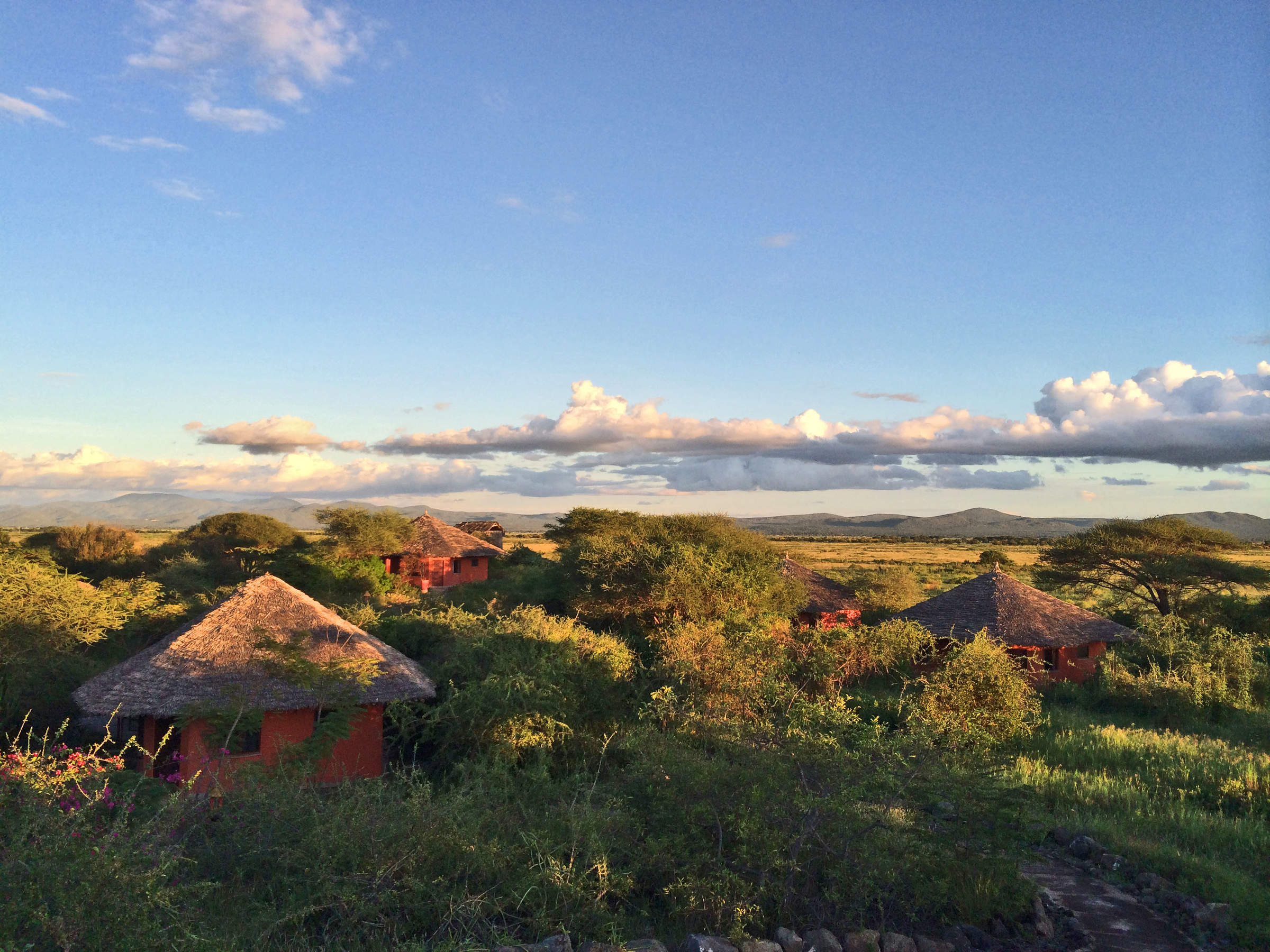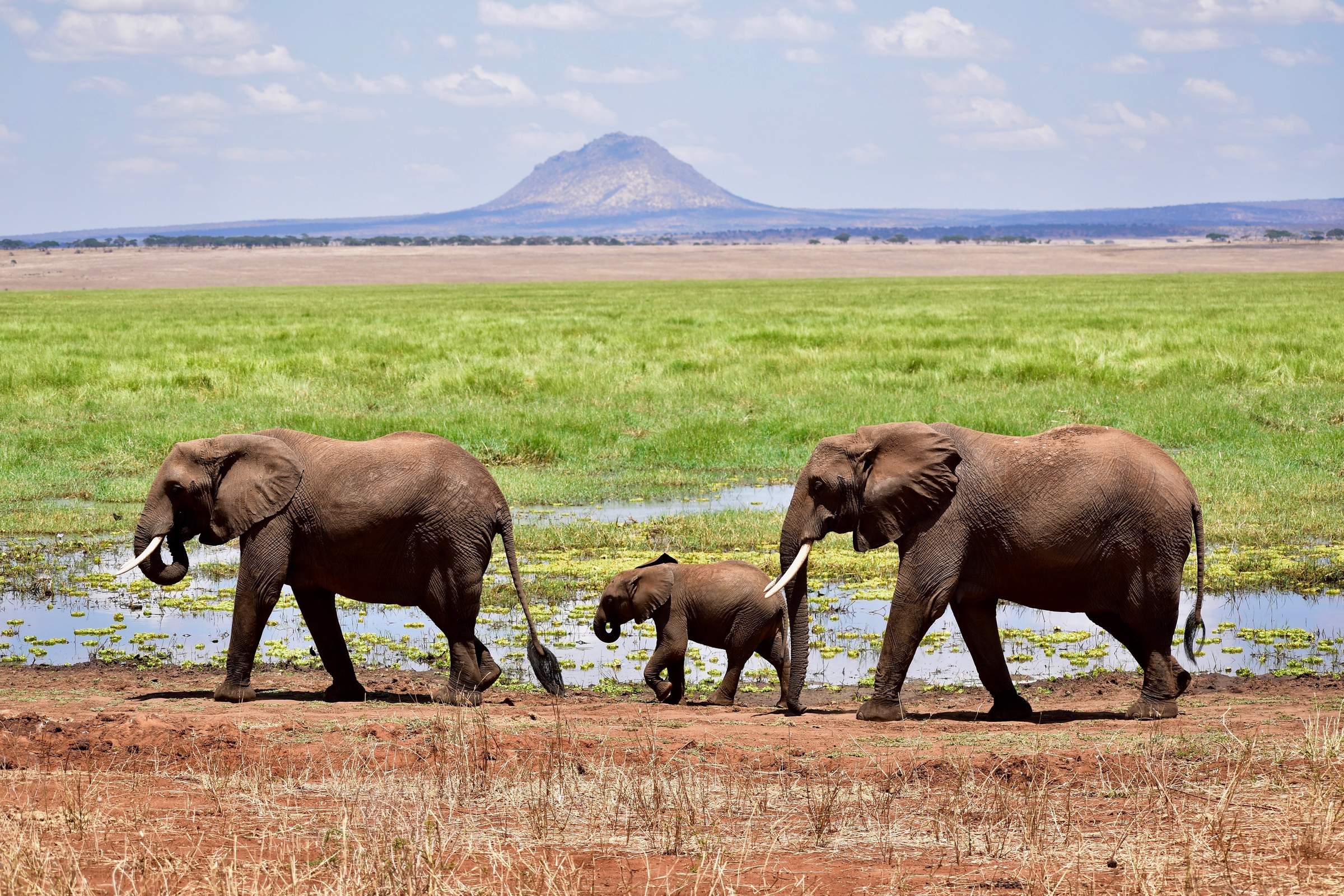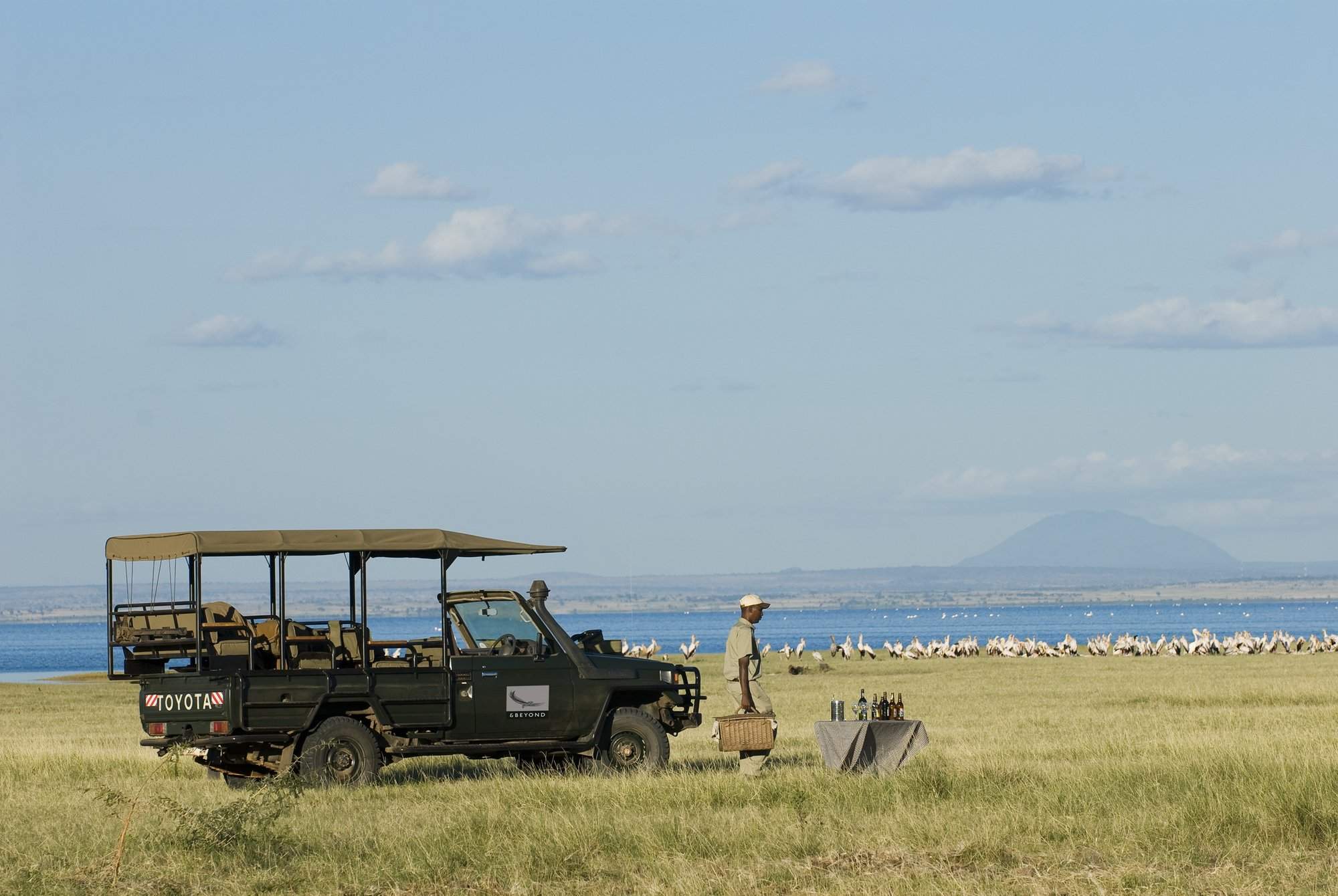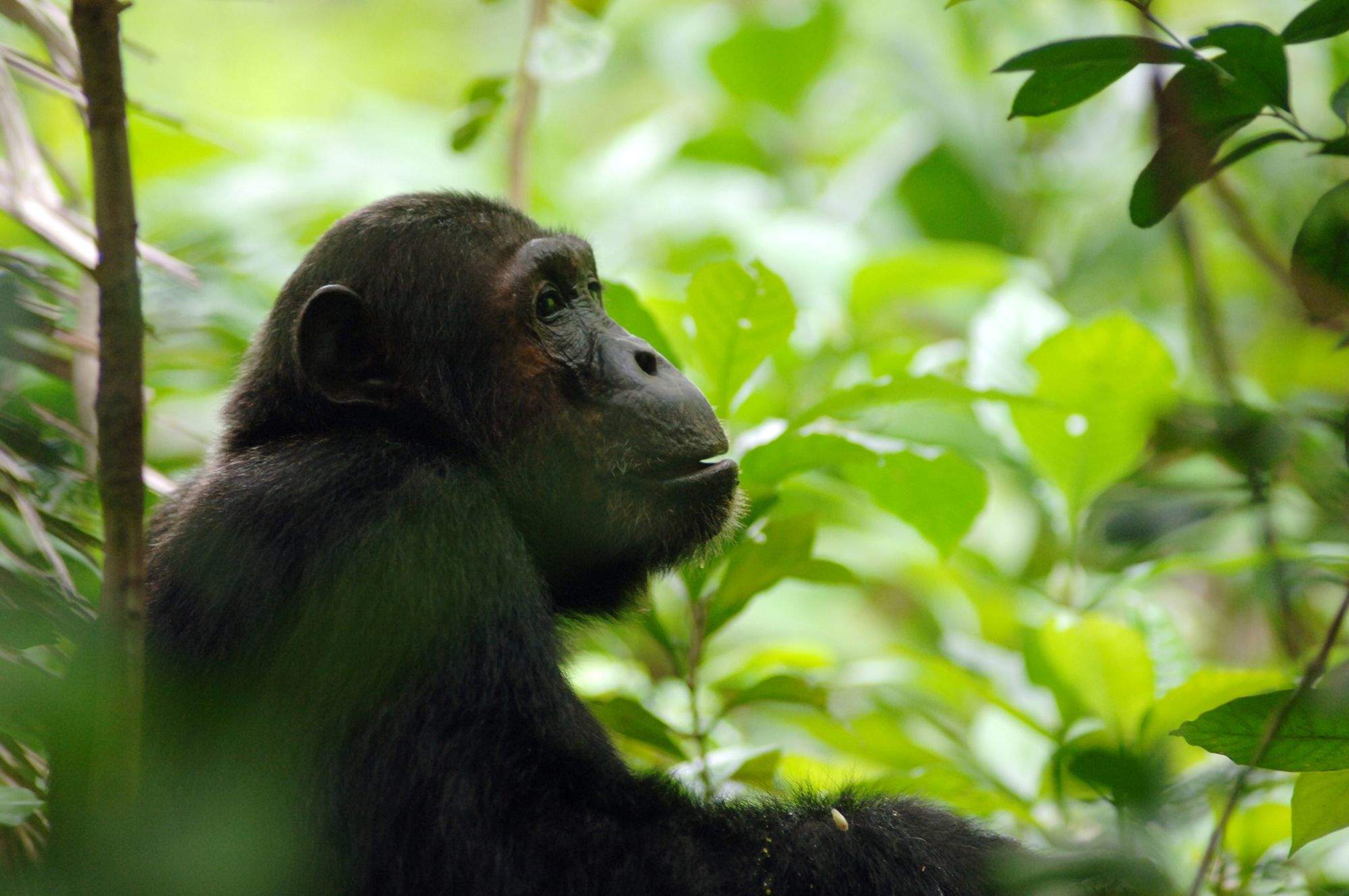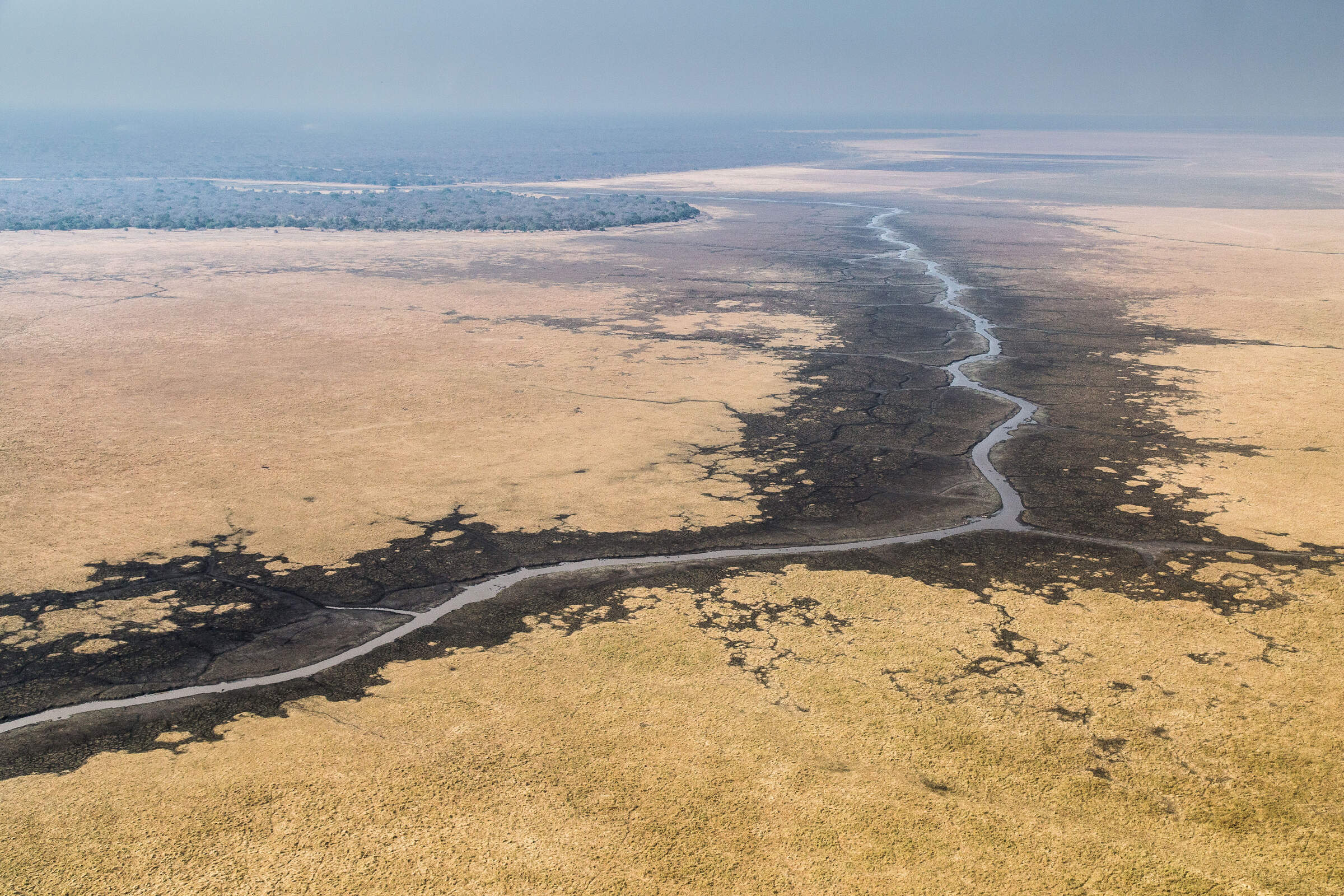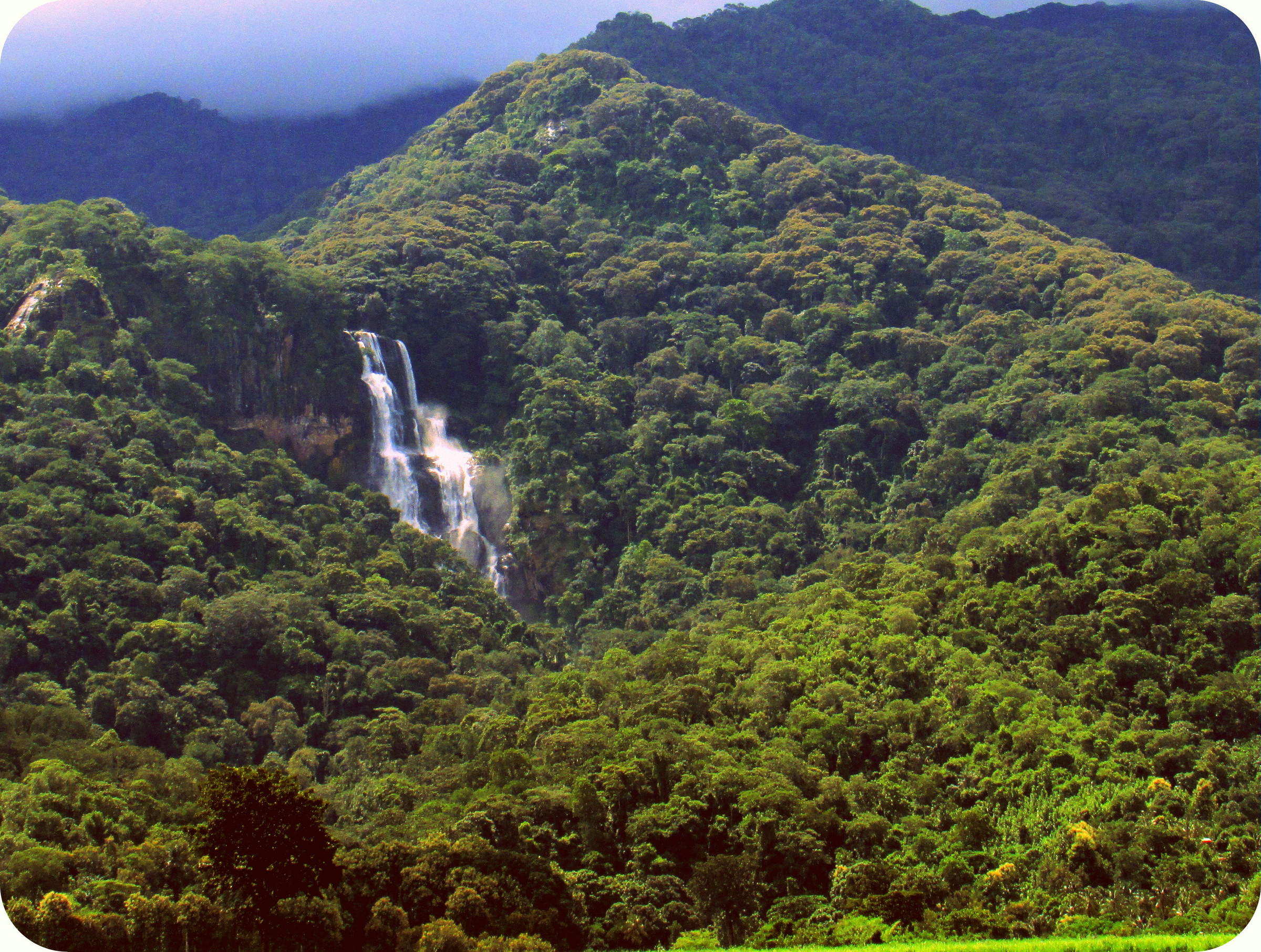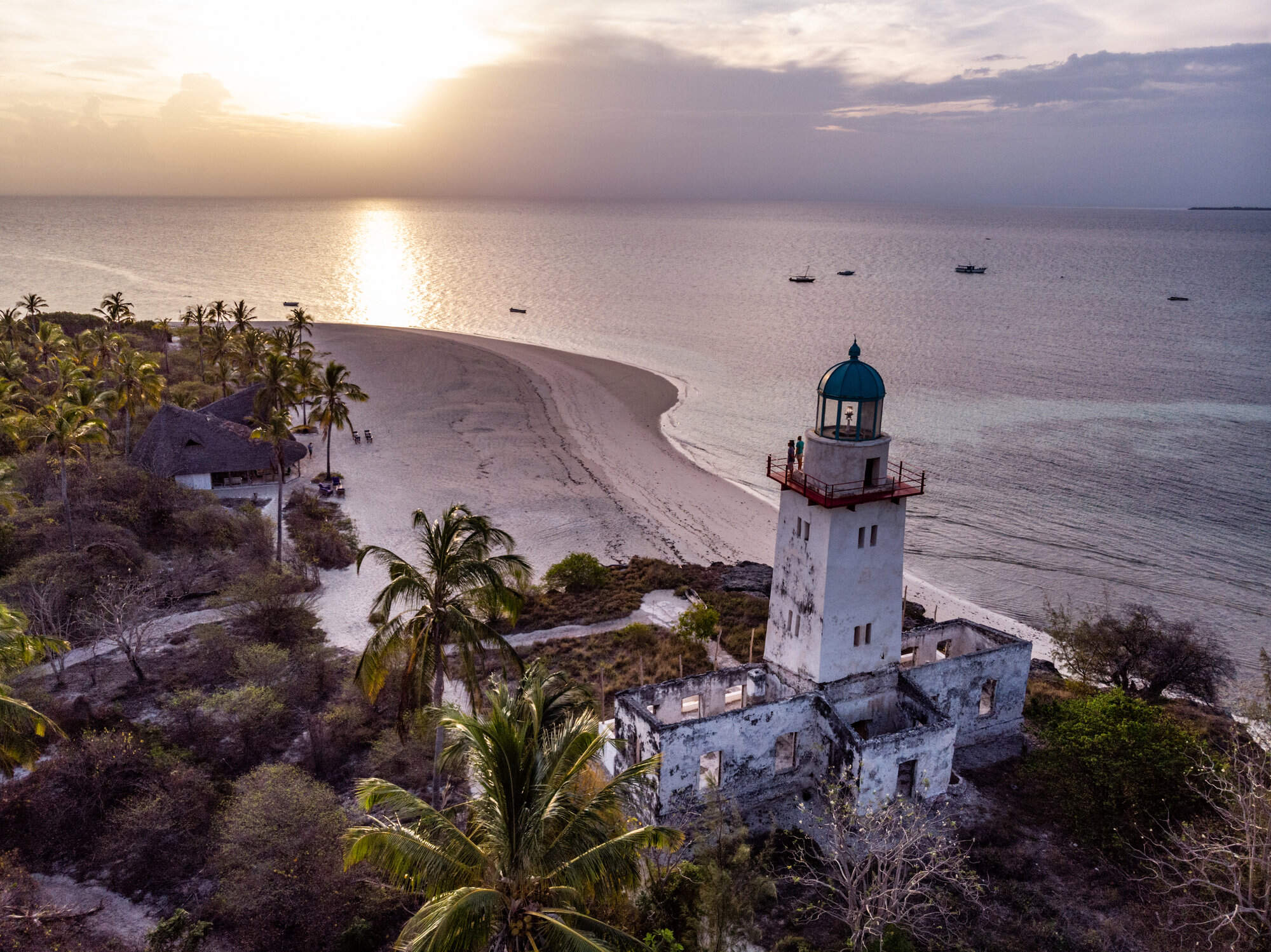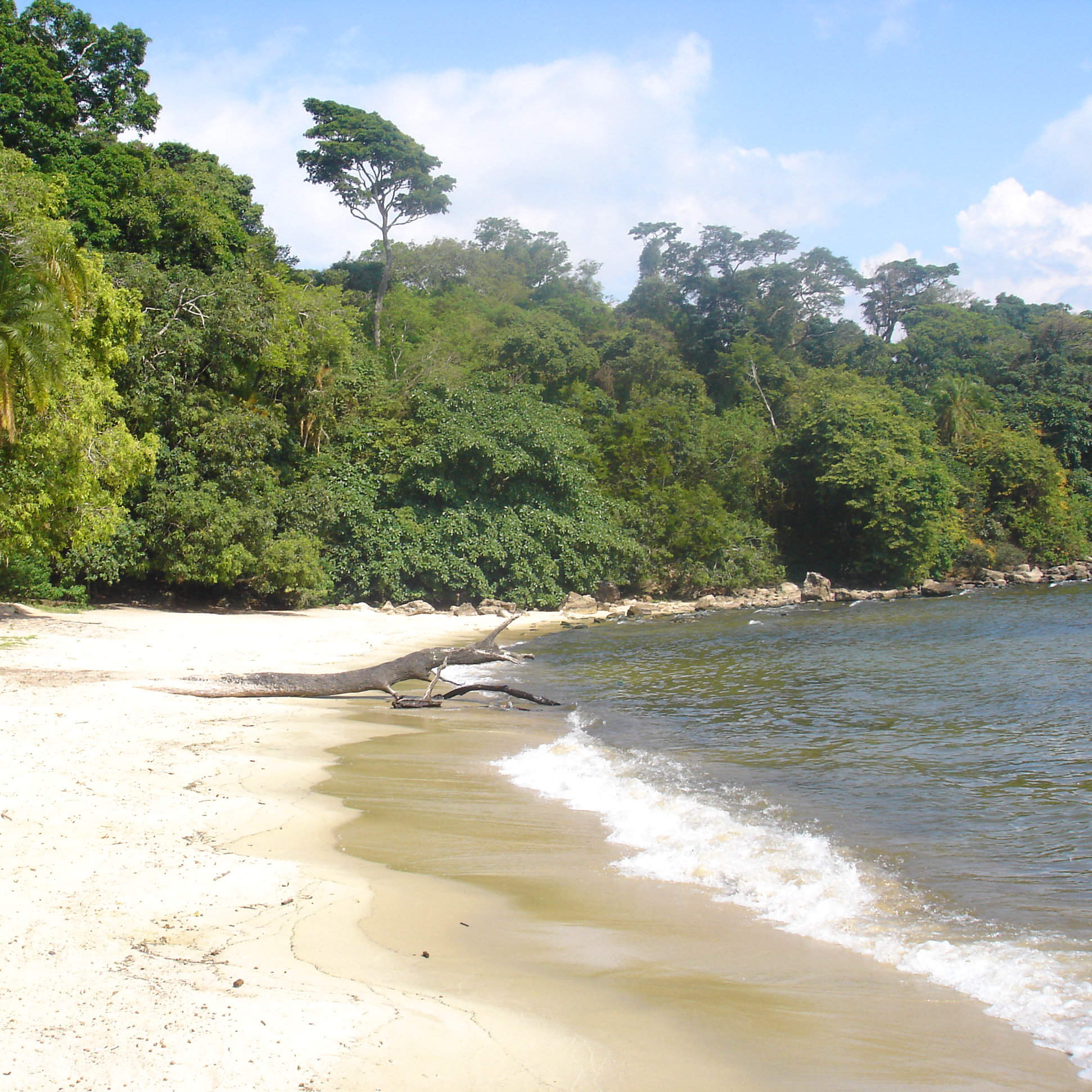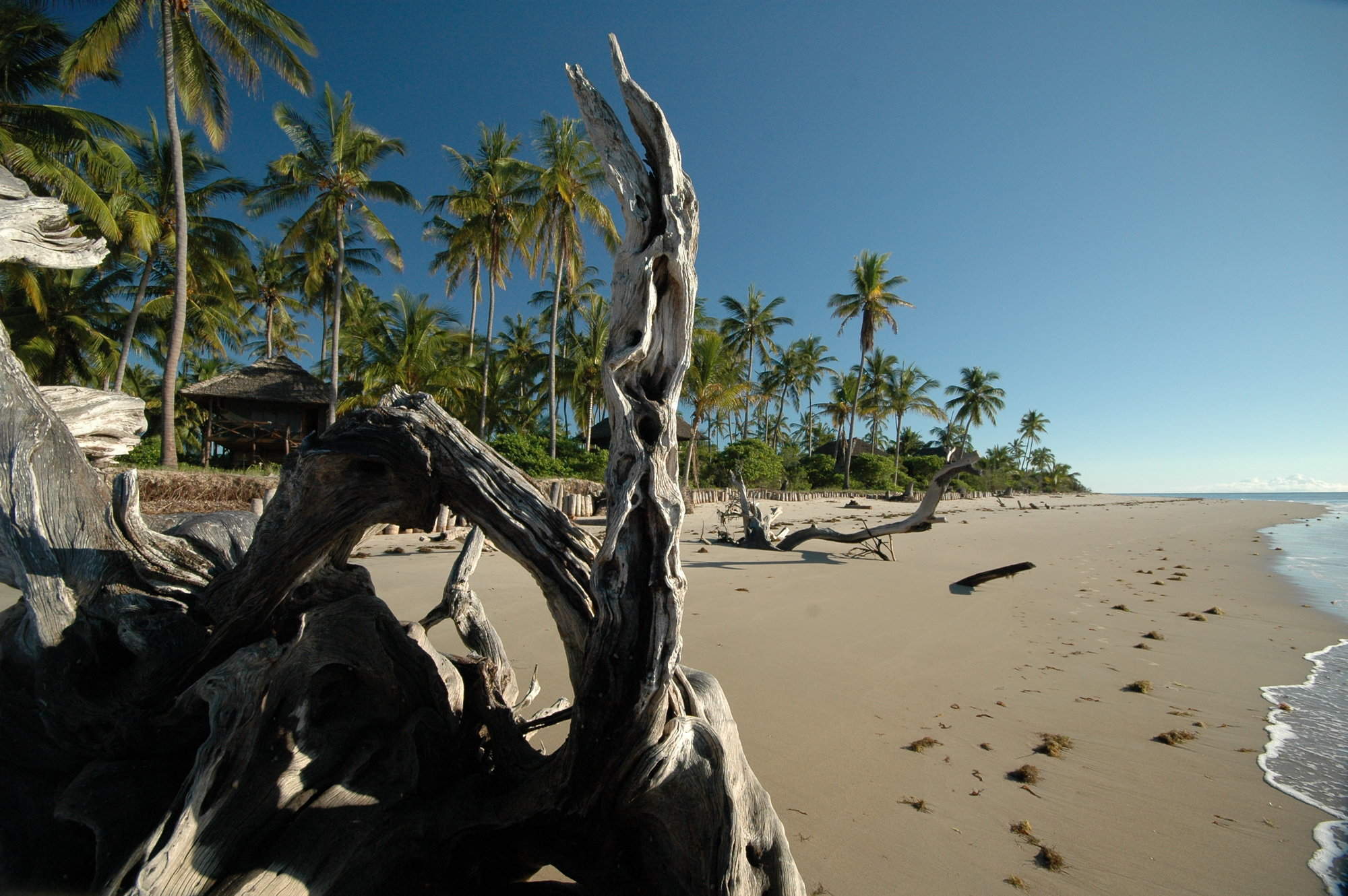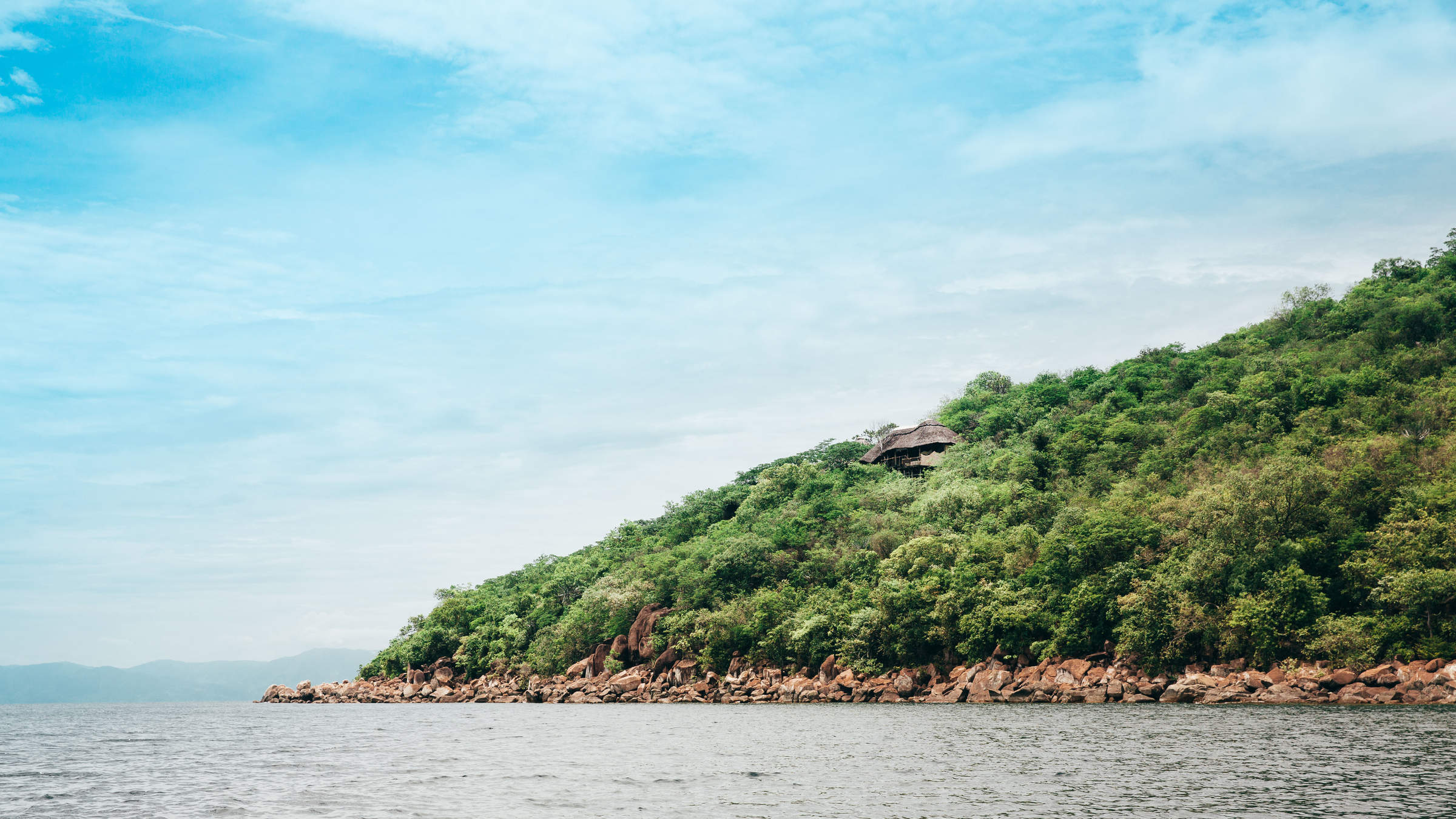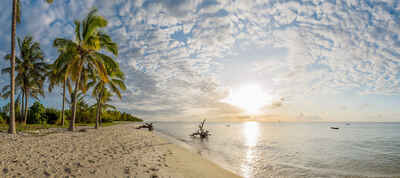
Mafia is a relatively unknown Island in the Indian Ocean.
It offers golden sandy beaches and emerald seas.
The Island is the perfect place to relax...
...and great for snorkelling or learning to dive.
Mafia Island
Mafia Island
Mafia's secluded sandbars, migrating whale sharks, nesting turtles and laid-back vibe make this island simply magic.
While Zanzibar is probably the most popular island in East Africa, the small archipelago around Mafia Island, just 160km to its south, remains virtually unknown. Yet for simple ocean pleasures, Mafia has long been the connoisseur’s choice for genuinely laid-back, feet-in-the-sand island chilling.
The archipelago’s clutch of small, high-quality lodges – from fairytale treehouses to a world-class private villa; diving that ranks amongst the very best in the Indian Ocean, and relatively few visitors, make it the ideal destination for a low-key tropical retreat.
On arriving at Mafia's tiny airport, it is clear that the pace of life is slow here. Recently paved roads lead through the sleepy capital of Kilindoni, before giving way to farming and fishing villages, lush coconut plantations and dense forests of baobabs, mangos and cashews.
The coast is lined with tangled mangroves and a few golden bays, where traditional dhows and kayaks are launched into the turquoise waters. Beach lovers head out by boat to utterly idyllic sandbars, where surrounded by gently lapping ocean waves, they can picnic and swim from pristine, powder-white crescents of sand.
For it is the ocean that is Mafia’s greatest attraction. In 1995, the Mafia Island Marine Park was formed to protect the archipelago's reefs, for this is one of Tanzania's best areas for diving. From rainbow-coloured clownfish to octopus, rays and the odd gigantic grouper to sharks and dolphins in deeper waters, there is always something dramatic to see. Within Chole Bay, the shallow reefs are perfect for snorkelling or learning to dive, whilst outside the Bay, a long coral wall attracts experienced divers to admire its giant table corals and huge stands of blue-tipped staghorn corals.
The islands’ blossoming marine conservation projects are equally impressive. Watching Juani’s turtle hatchlings scuttle to the sea is heart-heartwarming, whilst sailing or swimming alongside the annual whaleshark migration is perhaps one of Africa’s greatest wildlife encounters. Mafia offers extraordinary escapism!

Holidays visiting Mafia Island
Just ideas, we'll always tailor-make a trip for you

Lemon Grass Beach Holiday
6 days • 2 locations
DAR ES SALAAM AIRPORT TO DAR ES SALAAM AIRPORT
Enjoy undisturbed leisure at the Mafia Archipalego’s lesser-visited Chole and Mafia Islands. Two charming, elegant lodges provide opportunity for total relaxation as well as a range of activities.
US$2,310 - US$2,850 per person
Most recent reviews of our beach holidays to Mafia Island
Click below to browse all 135 reviews from Mafia Island. All from our travellers; all are in full & unedited.
Arrived 14 Nov 2023, 12 nights
"My Nov 2023 trip"
Overall rating: Excellent
Arrived 19 Oct 2023, 12 nights
"My Oct 2023 trip"
Overall rating: Excellent
Arrived 21 Jun 2023, 19 nights
"My Jun 2023 trip"
Overall rating: Excellent
Arrived 7 Feb 2023, 14 nights
"My Feb 2023 trip"
Overall rating: Excellent
Arrived 20 Aug 2022, 16 nights
"My Aug 2022 trip"
Overall rating: Excellent
Arrived 16 Aug 2022, 16 nights
"My Aug 2022 trip"
Overall rating: Excellent
Arrived 15 Jul 2022, 15 nights
"My Jul 2022 trip"
Overall rating: Excellent
Arrived 1 Feb 2022, 28 nights
"My Feb 2022 trip"
Overall rating: Excellent
Arrived 1 Feb 2020, 14 nights
"A Great Green Season Safari"
Overall rating: Good
Arrived 18 Dec 2019, 14 nights
"My Dec 2019 trip"
Overall rating: Excellent
Where to stay in Mafia Island
Our suggestions for beach lodges in Mafia Island
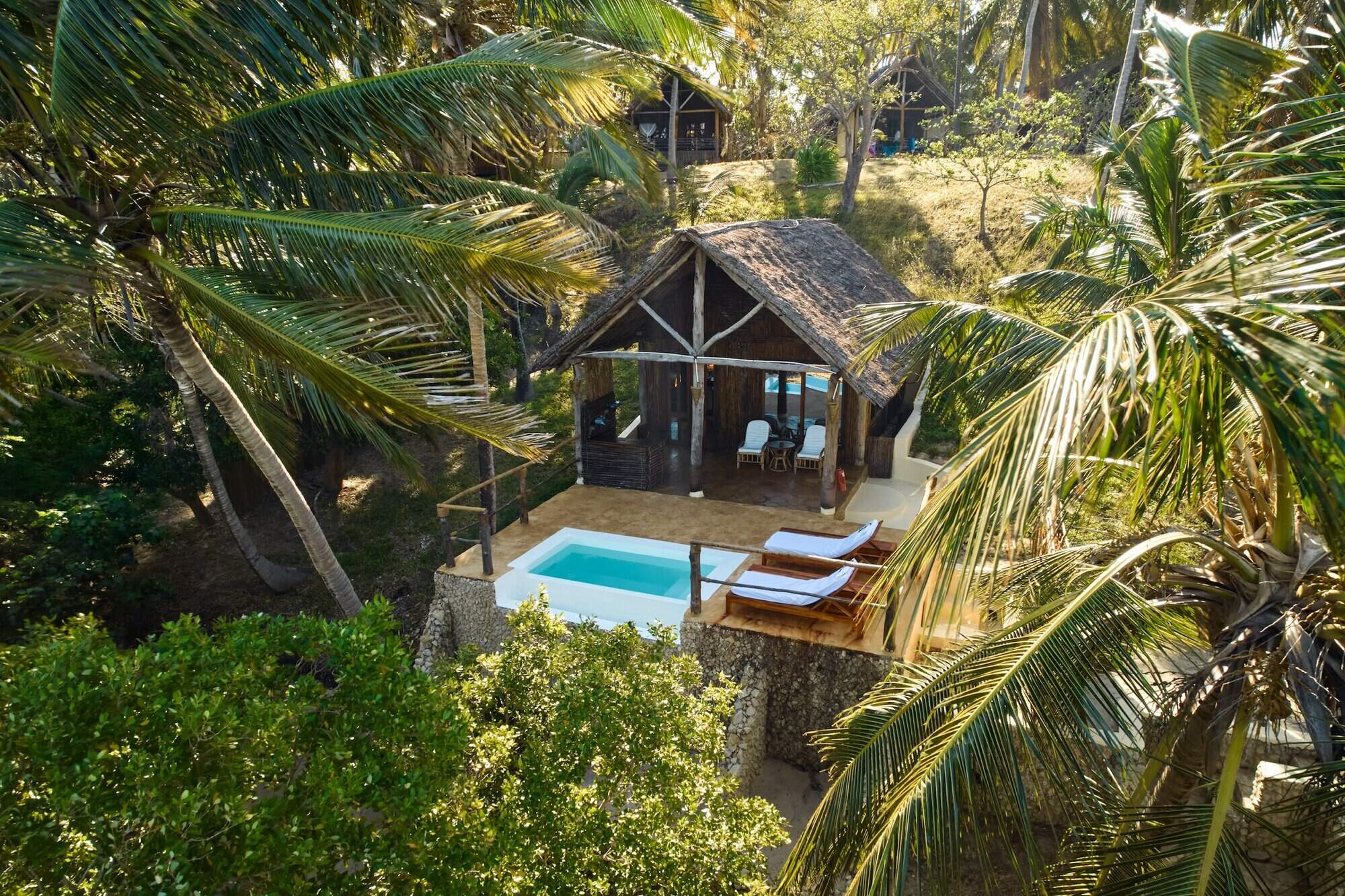
Pole Pole
Pole Pole is a small, quiet beach lodge on Mafia. It's comfortable, almost luxurious, and has a great range of activities.

Chole Mjini
Chole Mjini is one of Tanzania's most environmentally aware lodges. With tree-houses, superb diving and a fantastic location on the rural island of Chole, this is ideal if you want to get back to nature.
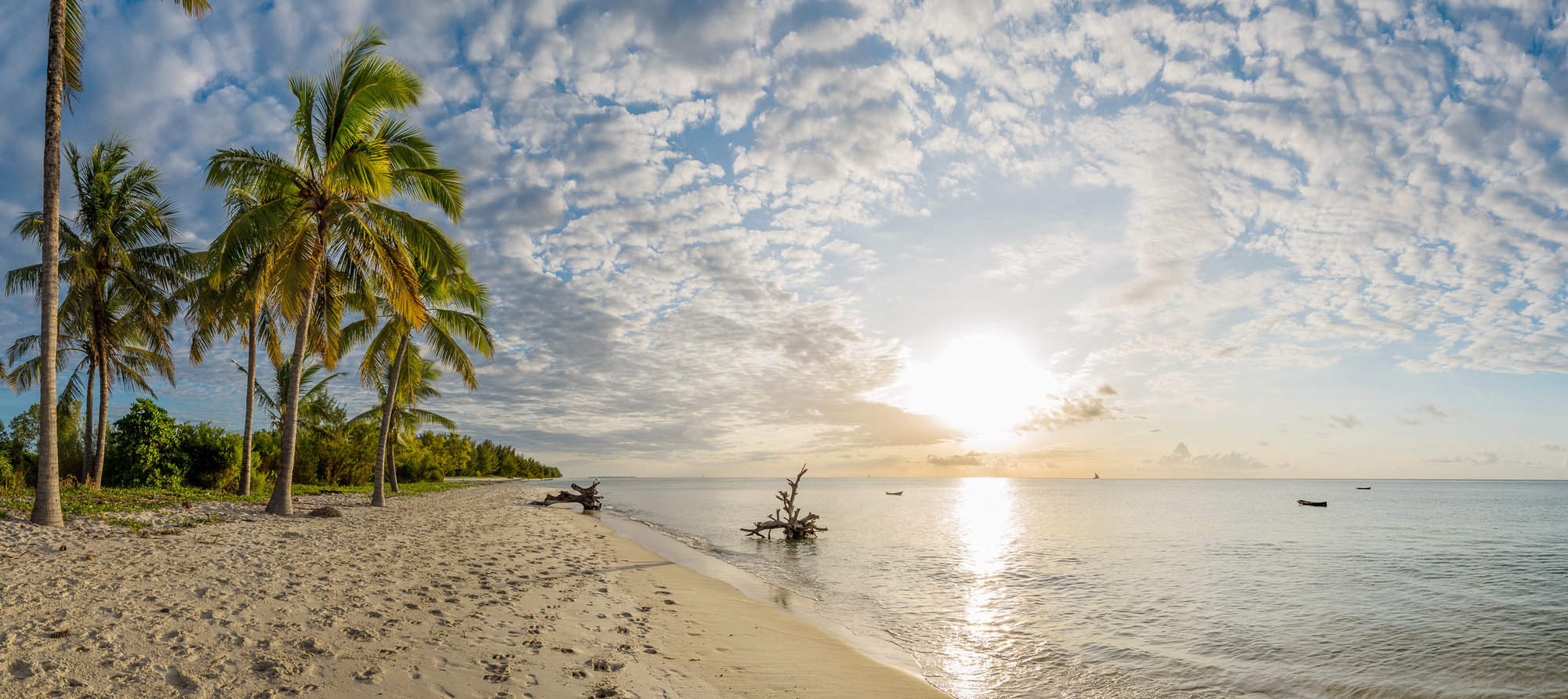
Butiama Beach
Situated just west of Kilondoni, the main town on Mafia, Butiama Beach is a simple beach lodge with friendly managers and a laid back vibe.
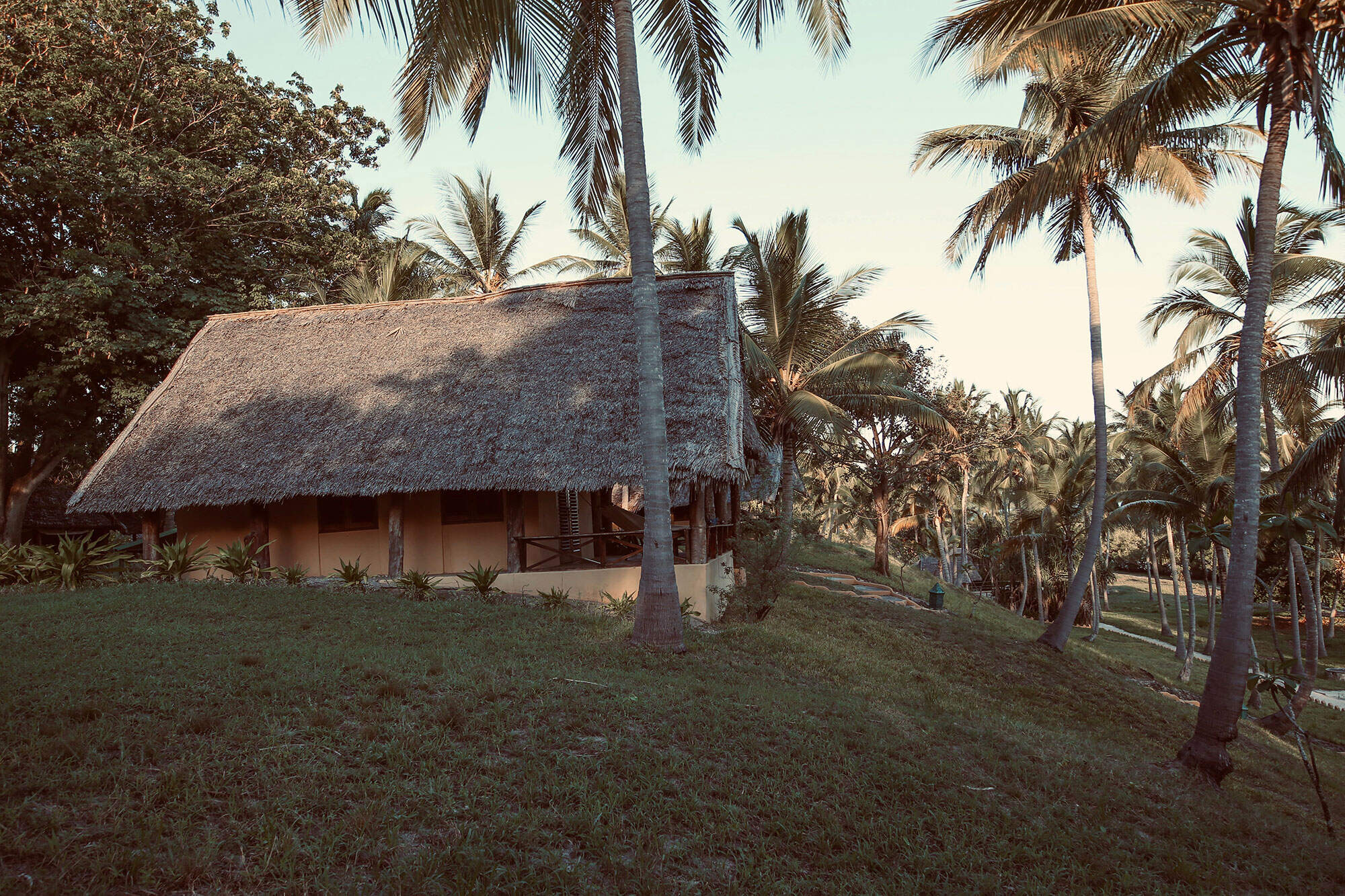
Kinasi Lodge
Kinasi is a small, personal beach lodge on Mafia Island that has the features of a larger hotel, including a large pool and spa.
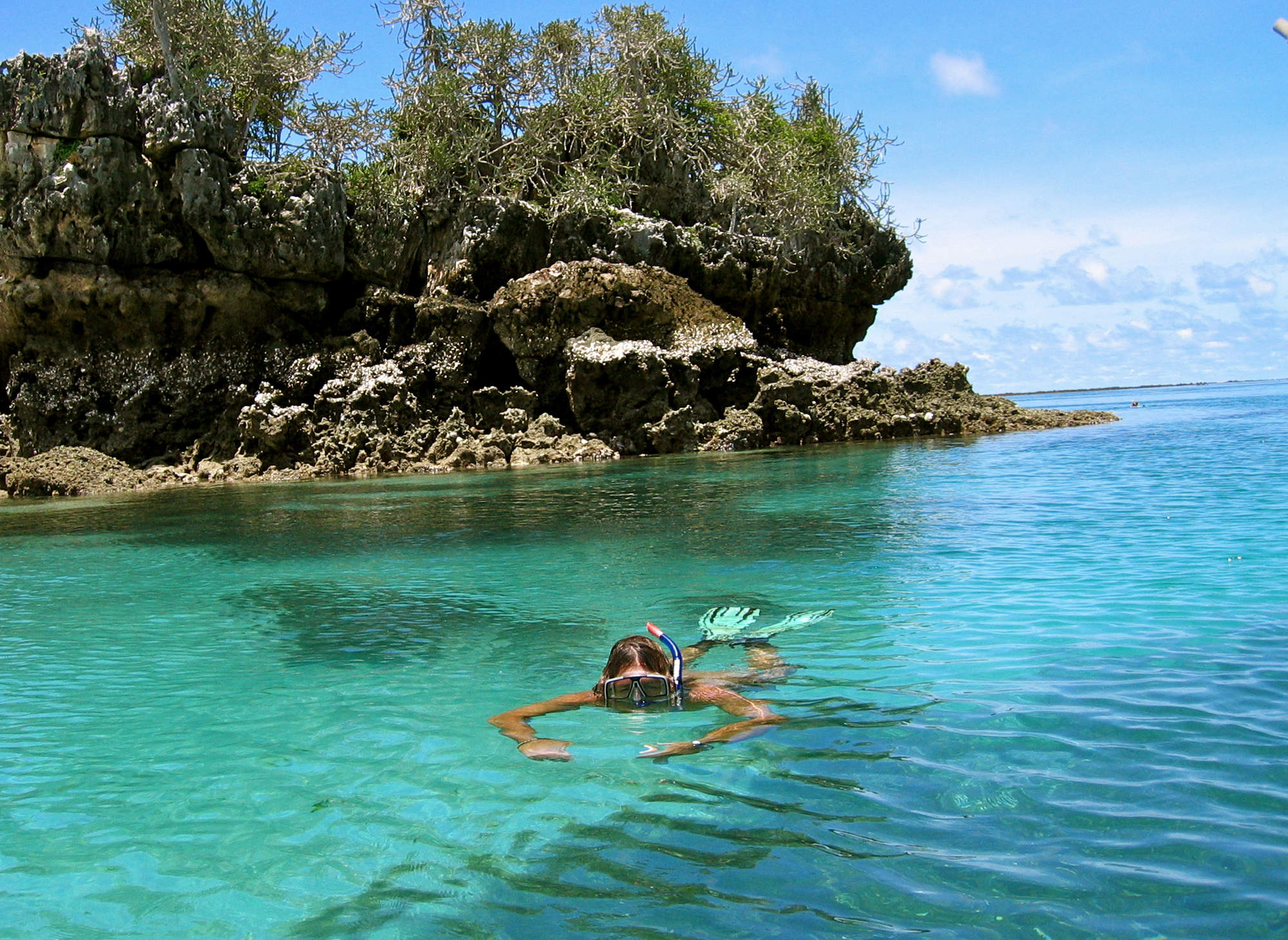
Shamba Kilole
Shamba Kilole is a charming Italian-owned eco-lodge on the coast of Mafia Island, with simple rooms and friendly owner-managers.

Thanda Island
Thanda Island is a high-end private island destination that caters to just one group of travellers at a time.
When to go to Mafia Island
Our month by month guide: What it's like to visit Mafia Island in Tanzania
Jan
Feb
Mar
Apr
May
Jun
Jul
Aug
Sep
Oct
Nov
Dec
Tanzania in January
January usually marks the start of the short dry season, although the exact timings of this are a little unpredictable. You can expect clear blue skies and sunshine, if the short rains have stopped, and the temperatures will be building. The short dry season is a little less pronounced in Southern Tanzania, and so it can still be wet in these areas. It is an interesting time for avians as resident birds go into breeding plumage and migrant species can be present.
Once the New Year busy period has quietened down, January can offer great value and quieter parks, although the weather can be variable, and in the Selous and Ruaha the wildlife is more dispersed.
- Variable weather: clear & dry or cloudy with some rain.
- Occasional thunderstorms may occur.
- A good time of year for birding as and many migrant species are around
- The wildebeest migration is gathering in the southern Serengeti.
- Busy in early January, quietening down through the month.
Our view
A good time to visit, with pros & cons
Weather in January
Tanzania in February
February is during the short dry season and is one of the hottest months in Tanzania, with temperatures reaching around 33°Celsius. This can be a good time to visit, as some areas of the Northern Circuit are comparatively quieter than during the European summer months, and lodge rates are also a little lower.
The wildebeest will typically be on the southern plains of the Serengeti for their calving season, which tends to occur in a 2-3 week window in early-mid February – although this does vary year on year. This is also a particularly rewarding time for birdlife, as northern hemisphere migrants join the resident species.
- Hot and dry weather.
- Wildebeest migration calving on Serengeti’s southern plains.
- Ngorongoro Crater and southern Serengeti busy for the migration.
- Selous and Ruaha are typically quiet at this time.
- The parks are likely to be lush and green, leading to pretty landscape
Our view
A very good time to visit
Weather in February
Tanzania in March
The heavier ‘long rains’ start in earnest in March although exactly when varies year on year. With no need to stay close to permanent water sources, migratory wildlife disperses, and so game viewing starts to become more challenging. This is most prominently seen in Tarangire National Park. The wildebeest migration may still be calving, or have moved on into the central regions of the Serengeti.
Many of the camps in the southern parks close mid March and mobile tented camps in the Serengeti will wind down towards the end of the month in order to move location or carry out refurbishments, ready for the new tourist season.
- Hot with building humidity, before the rains begin at some point.
- Wildlife viewing is variable depending on the start of the rains.
- Parks are quiet and rates are low.
- Not great for southern or western Tanzania.
- March can be a good time for birding, with many migrant species.
Our view
A good time to visit, with pros & cons
Weather in March
Tanzania in April
April is in the middle of the long rainy season and is the wettest month, with on average 250mm of rain. Temperatures are fairly high and humid in comparison to the rest of the year. Expect the bush to be lush and flowering, and alive with insects, birds and smaller animals. It is however also dense, allowing wildlife to hide, which in turn makes game viewing harder. This is a very quiet time in terms of visitor numbers.
Many of the tented camps are closed in April, however the larger lodges remain open. The rates are significantly cheaper, and so if you are willing to work harder to spot the bigger game, some accommodation bargains can be had.
- Heavy rain expected, with impressive thunderstorms and lightning.
- Many camps closed and roads impassable due to ground conditions.
- Rates are at their lowest all year round, with very few other tourists
- Places that are open are green and vibrant, wildlife more dispersed.
Our view
This is not a great time to visit
Weather in April
Tanzania in May
As Tanzania is close to the equator there is no dramatic difference in climate throughout the year, but temperatures do start to drop a little in May. The rains are likely to still be present, although potentially clearing towards the end of the month. Visitor numbers and lodge rates are still low. The wildebeest migration is making its way through the western regions of the Serengeti, crossing the Grumeti River.
Virtually all camps in southern Tanzania remain closed, and many of the roads and tracks in the Selous become impassable.
- Heavy rains and storms are likely, this can create some dramatic skies
- Blissfully quiet in northern Tanzania, and a good time to avoid crowds
- The parks are likely to look lush and green, with long grass.
- Wildlife is likely to be more dispersed, with fewer sightings.
- The low prices make safaris much more affordable at this time.
Our view
This is not a great time to visit
Weather in May
Tanzania in June
The rains come to an end at some point during the month and migratory wildlife begins to be drawn back to perennial water sources as the land starts to dry up. It’s likely that the parks will still be quite green and the grass high though, so walking and fly-camping may be unlikely. This marks the start of the season with camps reopening, but prices are still more affordable than the subsequent months.
The migration may still be in the Western Corridor, or on the move northwards towards the Mara River. Western Tanzania presents more challenging conditions for chimpanzee trekking in Mahale National Park, as the chimps are higher in the mountains.
- Variable weather: clear & dry or cloudy with some rain.
- A transitory time for the migration – moving from west to north.
- The parks may still be quite green, and grasses high.
- Wildlife may be dispersed still.
- Relatively low visitor numbers and good value, shoulder season prices.
Our view
A good time to visit, with pros & cons
Weather in June
Tanzania in July
July is considered to be the start of the peak season, with no rainfall expected and pleasant daytime temperatures. As the parks dry, the wildlife congregates in fewer areas, grass is eaten and trampled by the migration, and game viewing gets better and better. The wildebeest are typically arriving in the northern Serengeti, ready to begin their period of crossings of the Mara River.
In the Selous and Ruaha wildlife sightings can be fantastic, with animals gathering around the lakes and rivers. Great conditions and school holidays mean the parks are at their busiest, with Ngorongoro and the Serengeti particularly crowded.
- Dry and warm daytimes, chilly and windy in the mornings and evenings.
- Great wildlife viewing, as water sources diminish.
- The most popular time of year with very high visitor numbers.
- Prices are at their highest due to the great conditions on the ground.
- To avoid the crowds consider Tanzania’s southern parks.
Our view
Fantastic: the very best time to visit
Weather in July
Tanzania in August
August is the middle of the long dry season, with clear skies and sunny weather. You can expect some cooler weather at night and first thing in the morning. Remember to pack layered clothing, so you can wrap up warm on your early morning game drives, but remain comfortable as it heats up throughout the day.
August is a very popular time to visit, so accommodation prices are at their highest and advanced booking is necessary. It can get noticeably busier in some of the northern parks – in particular the Ngorongoro Crater and northern Serengeti, as visitors flock to the area in hope of witnessing an exciting migration river crossing.
- Dry and warm daytimes, chilly in the early mornings and evenings.
- General wildlife viewing should be excellent.
- An exciting time of year for the wildebeest migration.
- Certain areas will be very busy and camps fill up fast.
- Great wildlife sightings in the Selous and Ruaha, and fewer people.
Our view
Fantastic: the very best time to visit
Weather in August
Tanzania in September
September can be an excellent time of year to visit Tanzania. As the parks continue to dry up the wildlife becomes increasingly reliant on the remaining water sources, leading to high densities of animals. Whilst early September can be busy, with fewer families traveling at this time the parks typically become quieter as the month goes on.
You are still likely to see the wildebeest migration in the northern Serengeti, with river crossings occurring on a regular basis. Tanzania’s southern parks are also fantastic at this time of year, generally receiving far fewer visitors than the north, and wildlife sightings can be great. Prices remain high and the weather generally remains good.
- Wildlife viewing in September can be fantastic.
- Whilst still fairly busy, often the parks are typically a little quiet
- The parks will start to become very dry, with little new vegetation
- Cooler mornings and evenings, warming up during the day.
- Prices remain high.
Our view
Fantastic: the very best time to visit
Weather in September
Tanzania in October
At the tail end of the dry season, the wildlife should be the easiest to spot, although photographers should be aware that it can be a bit dusty at this time of year, as there has been no rain for several months. Great general wildlife viewing throughout as animals are attracted to remaining sources of water. Elephant numbers are particularly high at this time in Tarangire, and Mahale and Katavi are especially rewarding with frequent wildlife sightings close to camp.
There is a chance of rainfall towards the end of the month, if the short rains commence. While prices remain high, visitors numbers are significantly lower than in July-August.
- Mostly dry and temperatures comfortably warm, with the chance of storm
- Great game viewing although the landscape can be a bit barren.
- Much lower visitor numbers than the earlier months.
Our view
A very good time to visit
Weather in October
Tanzania in November
In November you can expect the start of the short rains, although the start date varies every year. The rains are highly localised, and are much lighter and more unpredictable than the long rains that occur earlier in the year. These should not really interfere with your safari – as the game viewing at this time is still good - but you should pack a waterproof jacket and be prepared for some short rain showers!
The majority of tented camps remain open, but some of the mobile camps in Northern Tanzania will close for the latter half on the month. Given the seasonality, camps are charging shoulder season rates so there are often some bargains to be had. Early November can offer great value for money and the weather conditions are likely to be comparable to late October.
- Variable weather: clear & dry or cloudy with some rain.
- Parks are comparatively quiet and prices at the lower end.
- Some camps will close towards the end of the month for maintenance.
- Good wildlife sightings, but animals will disperse when rain starts
- The wildebeest migration is on the move and the location unpredictable
Our view
A good time to visit, with pros & cons
Weather in November
Tanzania in December
December is also during the short rainy period, but this does not stop Tanzania being a popular destination to spend the festive period. Be aware that many of the lodges book up early, and charge peak rates over this time. Advanced booking is essential over this period, especially if travelling in larger family groups.
Travelling in December outside of the festive period allows travellers to make use of excellent shoulder season rates. Temperatures are pleasant with the averages of 27Celsius, although there is the chance of intermittent thunderstorms.
- Variable weather:clear & dry or cloudy with some rain and thunderstorm
- Good general game viewing in parks with low seasonality - Serengeti.
- Very quiet early in the month, becoming exceptionally busy.
- Prices reflect this – great value rising to the highest they are.
- The wildlife in southern Tanzania is more dispersed.
Our view
A good time to visit, with pros & cons
Weather in December
Map of Mafia Island
Choices for where to stay in Mafia Island

Mafia Island: Beach holidays
Little known to most tourists, Mafia Island remains a pristine, quiet destination for undisturbed and relaxing beach holidays. You’ll find turquoise water, sandy beaches and mangrove forests, which – together with tidal flats - attract plenty of sea birds. The marine park here is one of Tanzania’s best areas for snorkelling and diving: the shallow reefs are ideal for beginners, whereas experienced divers might head out to a long coral wall.
Beach holidays to Mafia Island can easily be combined with a stay on one of the four other lush islands of the Mafia Archipelago. Alternatively, if you're looking for a livelier destination, have a look at our recommendations for Zanzibar beach holidays.

Lemon Grass Beach Holiday
6 days • 2 locations
DAR ES SALAAM AIRPORT TO DAR ES SALAAM AIRPORT
Enjoy undisturbed leisure at the Mafia Archipalego’s lesser-visited Chole and Mafia Islands. Two charming, elegant lodges provide opportunity for total relaxation as well as a range of activities.
US$2,310 - US$2,850 per person
Best 6 beach lodges and resorts in Mafia Island
Mafia isn’t a place for easy backpacking, but rather a place for budget travellers, who head straight through town and over to one of the more upmarket small lodges on Chole Island for example. Ask us for more details of what's where, and what's likely to suit you best!

Pole Pole
Pole Pole is a small, quiet beach lodge on Mafia. It's comfortable, almost luxurious, and has a great range of activities.

Chole Mjini
Chole Mjini is one of Tanzania's most environmentally aware lodges. With tree-houses, superb diving and a fantastic location on the rural island of Chole, this is ideal if you want to get back to nature.

Butiama Beach
Situated just west of Kilondoni, the main town on Mafia, Butiama Beach is a simple beach lodge with friendly managers and a laid back vibe.

Kinasi Lodge
Kinasi is a small, personal beach lodge on Mafia Island that has the features of a larger hotel, including a large pool and spa.

Shamba Kilole
Shamba Kilole is a charming Italian-owned eco-lodge on the coast of Mafia Island, with simple rooms and friendly owner-managers.

Thanda Island
Thanda Island is a high-end private island destination that caters to just one group of travellers at a time.
Excursions in Mafia Island
Optional, extra day-trips and excursions that are possible while you’re staying in Mafia Island. Talk to us: these excursions are usually best arranged before you go.

Snorkelling with Whale Sharks
Half day
A whale shark snorkelling trip off Mafia Island, Tanzania, is an unforgettable experience, offering a chance to swim alongside the world’s largest fish in crystal-clear waters. Mafia Island is one of the best places in the world to encounter whale sharks, especially between October and March, when these gentle giants gather in the warm, plankton-rich waters near the island.
More about Snorkelling with Whale Sharks
Looking for inspiration on where to travel next?
Visit our trip chooser to explore your options and find inspiration for your perfect African adventure
Inspire me